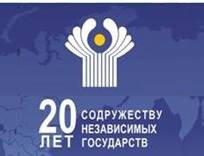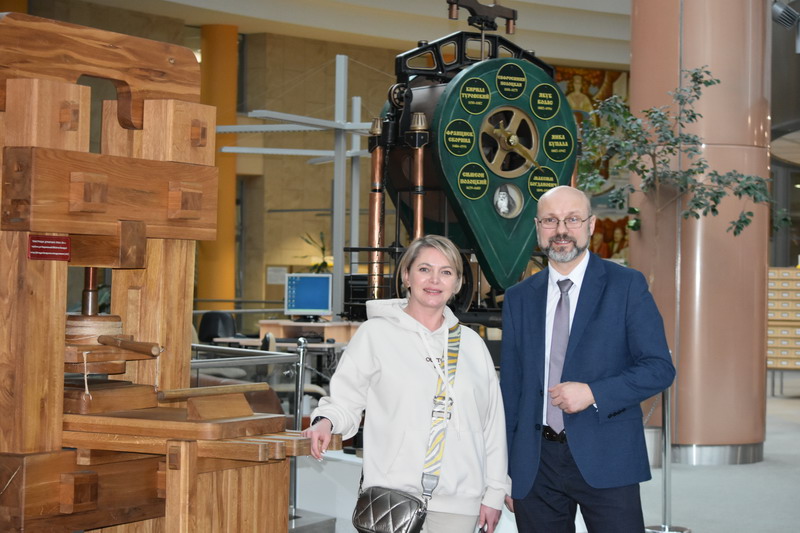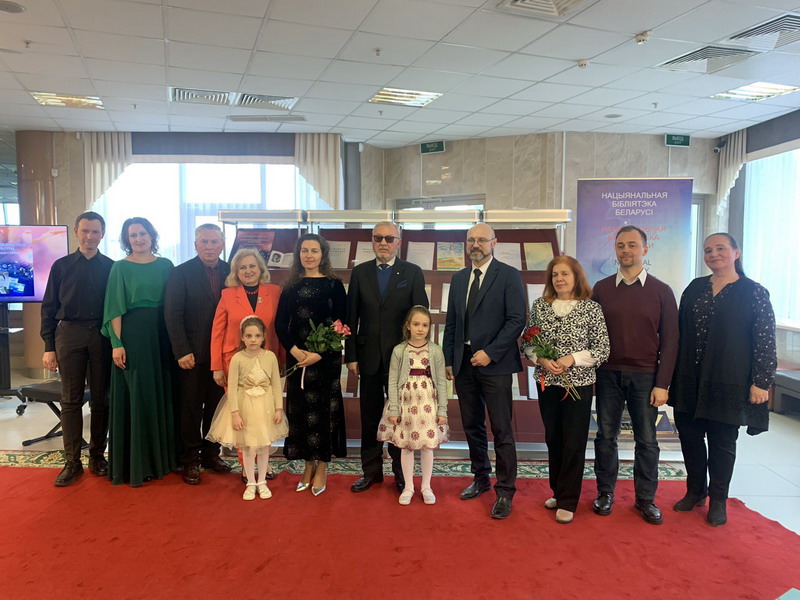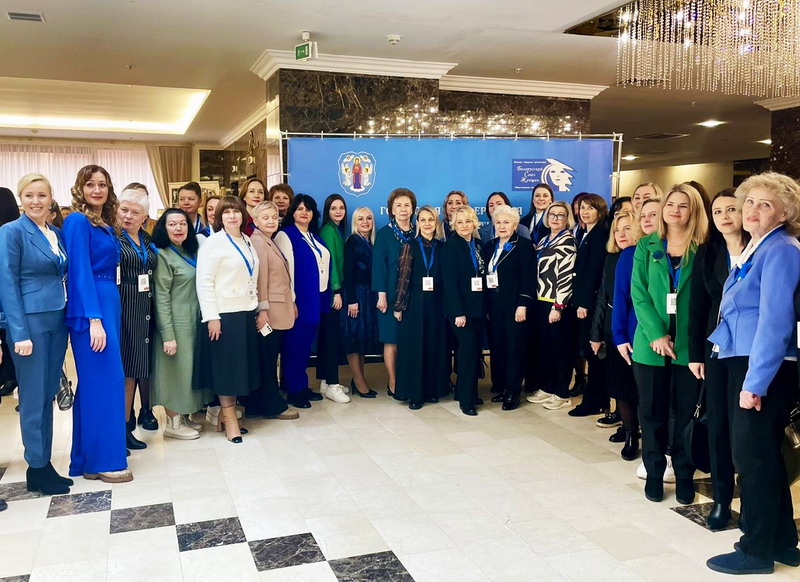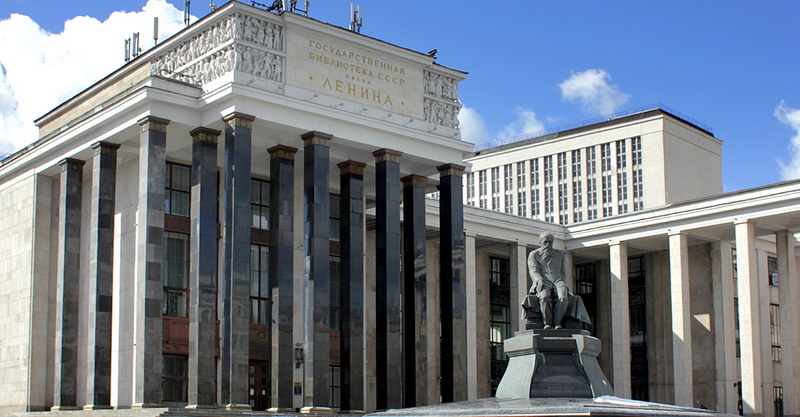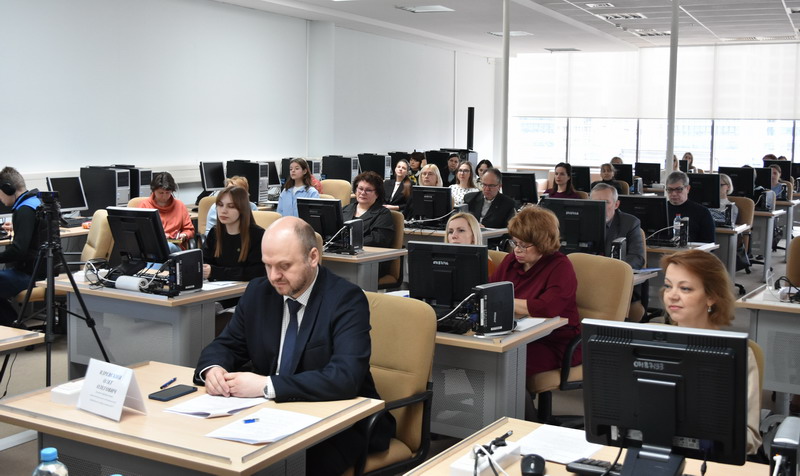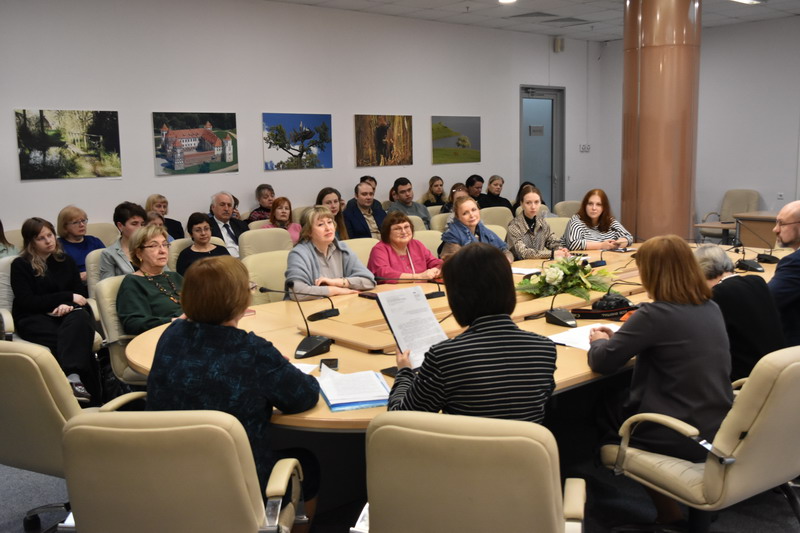From 6 December to 3 January, a book exhibition “CIS: cooperation and interaction for development”, dedicated to the 20th anniversary of the Commonwealths of Independent States (CIS), runs at the Official Documents Division (room 207).
The Commonwealth of Independent States (CIS) is a regional interstate organization whose main aim is cooperation in political, economical, ecological, humanitarian, cultural and other fields between countries of former Soviet Republics.
The CIS was established on 8 December, 1991. In this day heads of states such as BSSR, RSFSR and Ukraine signed the Belavezha Accords on the Establishment of the Commonwealth of Independent States in Viskuli near Brest (the Republic of Belarus). The participants of the agreement stated that USSR as the subject of international law and geopolitical reality stops its existence. The Protocol to the Accords “About the creation of the Commonwealth of Independent States” was signed in Alma-Ata on 21 December 1991. The document recorded that 11 states, including the Republic of Belarus, formed the Commonwealth of Independent States on the equal rights. Also the agreement “About coordination institutes of the Commonwealth of Independent States” was signed. According to this document it was decided to establish the Supreme Body of CIS – CIS Council of Heads – and also CIS Council of Heads of Government for solving questions on coordination activity of CIS in the field of common interests.
The Charter of the Commonwealth of Independent States was accepted in Minsk on 22 January, 1993. According to the Charter, the Commonwealth is not the state and does not possess supernational powers. It is based on a sovereign equality of all its members, each of them is independent and equal subject of international law.
The main goals of the organization are:
- Realization of cooperation between the states-members in political, economical, legal, cultural, ecological, humanitarian and other fields, cooperation in maintenance of international peace and safety, and also the achievement of disarmament;
- Creation of common economic space, provision of interstate cooperation and integration in interests of the all-round and balanced economic and social development of the states-members;
- Mutual aid in order to create peace conditions for the peoples, provide collective safety;
- Peaceful resolution of disputes and conflicts between the states-members;
- Assistance to citizens of the states-members in a free dialogue, contacts and movement on the territory of the countries from the Commonwealth.
Relations between the CIS states-members are based on the principles of respect to sovereignty, self-determination and territorial integrity and non-interference to their foreign policy and internal affairs, indestructibility of existing borders, non-use of force and the settlement of disputes by peace means, and also by the leadership of international law.
In this year the CIS celebrates its twentieth anniversary. For years of its existence the Commonwealth has proved its capacity and continues to keep the role of unique "arena" for overall interstate cooperation. For 20 years the Commonwealth took place as the unique regional interstate organization and the mechanism of interaction in the decision of the key questions of development in its states, including economy, safety, political and humanitarian cooperation, migration and the development of contacts between the states-members citizens of the Commonwealth.
The CIS improves its potential and opens new strategic opportunities for cooperation and mutually advantageous integration. The further development and strengthening of the Commonwealth meets vital interests of the CIS peoples, their aspirations for the world and prosperity.
The exposition contains more than 100 documents: books, brochures, periodicals, booklets.
The exhibition includes the following sections:
- CIS: history, main goals and tasks;
- Interparliamentary and political cooperation;
- Economic and trading cooperation;
- Cooperation in humanitarian and cultural fields;
- Cooperation in the field of struggle against criminality and strengthening of safety;
- CIS and the Republic of Belarus.
The exhibition will be interesting to economists, political scientists, jurists, historians, sociologists, heads and representatives of the state bodies, employees of international, regional and nongovernmental organizations, teachers of socio-political and economic disciplines, students and post-graduate students.
Useful references
- Official web-site of CIS
- Economic Court of the Commonwealth of Independent States
- Business center of the CIS Executive Committee
- Interstate Council on industrial safety
- Interstate Statistical Committee
- The CIS Council on educational cooperation
- Anti-Terrorism Center
- Regional Commonwealth in the field of communications
- Interstate Aviation Committee
- Eurasian Interstate council for standardization, metrology and certification
- Coordination Council on accounting
- Council on the matters with youths
- Interstate net of information-marketing centers
- Information portal of interregional frontier commonwealth
Documents
- Agreement on the establishment of the CIS
- The Carter of the CIS
- Agreement on the establishment of Economical Council
- Alma-Ata declaration
- The announcement of the heads of the CIS about its twentieth anniversary
- Analytical report “Results of the CIS activity for 20 years and prospectus tasks”
- The conception of the further development of CIS
- The Strategy of economical development for the period before 2020
 |
 |
 |
 |
 |
 |
 |
 |
 |

